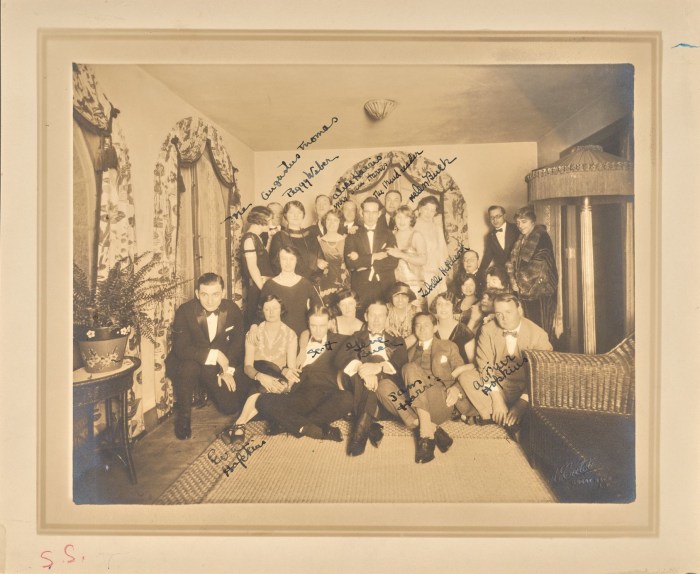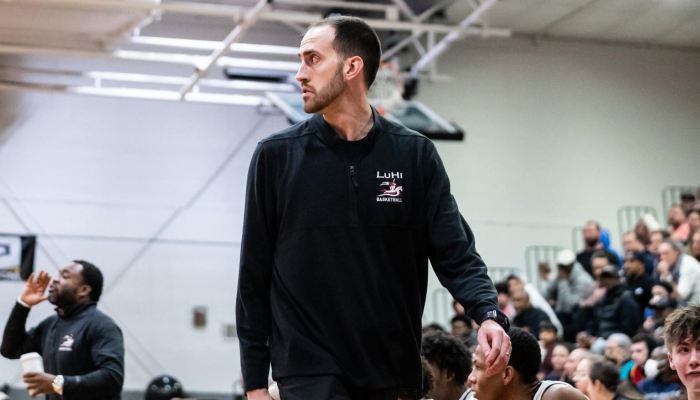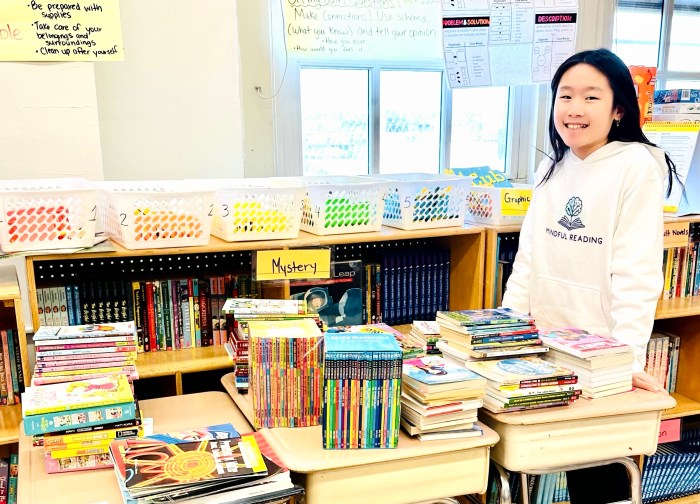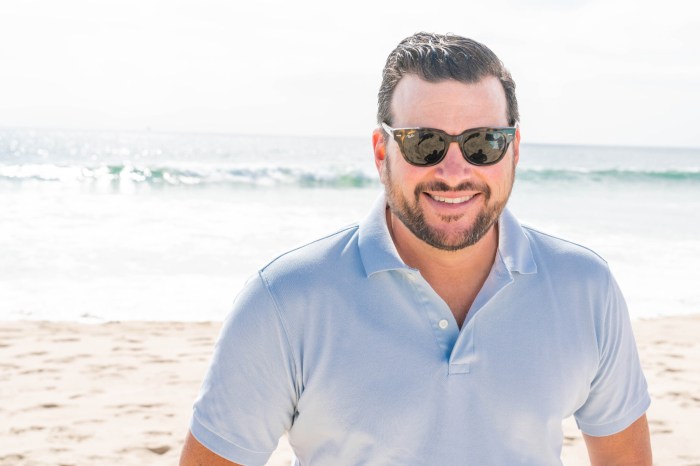Choosing what to wear to school can be a constant struggle in the life of a public school student; a struggle that parents in the Westbury School District are proposing to win with the implementation of uniforms.
The plausibility of enforcing a uniform policy was brought up at last week’s board of education meeting, when Ren Zelaya, secretary for the high school PTSA and treasurer for the middle school PTSA, told trustees that several parents had approached him on the topic.
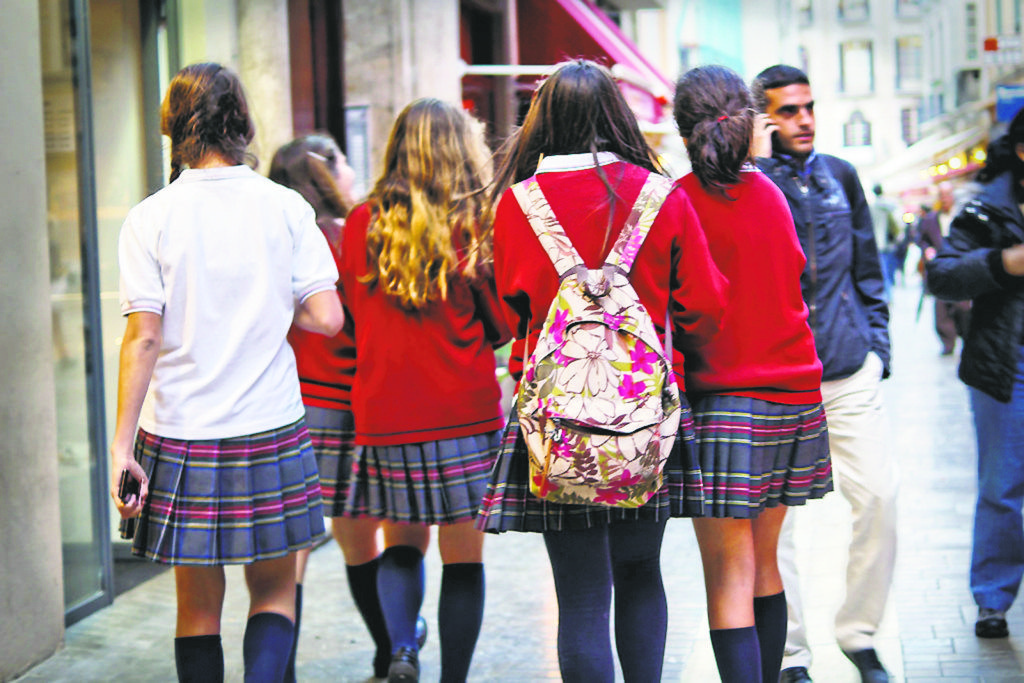
“Parents that come to me are mostly immigrant parents. In Latin America, all the school kids wear uniforms,” Zelaya said. “They’ve been asking how to get something like this started since last year.”
This isn’t the first time the district has considered uniforms, it’s a discussion that comes up in “surges,” according to resident Larry Kirton, who served on a uniform committee several years ago. Surveys were done and positive feedback was received from the community, however, the drafted proposal was never passed by the board of education because there were disagreements over implementation.
“The devil is in the details,” Kirton said. “In the beginning, everyone was all for it, but once you got to the details, and who was accountable for enforcing it and what the school should do and what the PTA should do, that’s when everyone was looking at each other. No one wanted to take responsibility.”
For Westbury, a school district the New York State Education Department says is 93 percent economically disadvantaged, a standard uniform could help ease the financial burden of buying clothes, shoes and accessories. However, it would pose challenges, such as what the consequences would be for a student who didn’t come to school in their uniform.
“What is their reason? Could their family not afford a third set of uniforms and they didn’t get a chance to launder the first two? Or it could be a high school student who’s just being rebellious,” Kirton said. “How do you mandate it?”
There are pros and cons to the debate over whether students should have to wear uniforms. Some parents have noted that it presents a challenge for kids who have after-school plans, and don’t want to wear their uniform all day. Generally speaking, uniforms are also unpopular with students, who claim they stifle creativity and self-expression. But while some say it limits individuality, proponents of student uniforms have said it keeps the focus on academics, not apparel.
“My parents were working class and I was going to school with kids who had lake houses, but we all looked the same,” said Zelaya, who wore a uniform while he attended St. Brigid’s Academy until the eighth grade. “But when I went to Westbury public schools, all of a sudden, I was worried about what sneakers I was wearing. Having a uniform takes some of the stress off of trying to fit in. [Students] shouldn’t be focusing on that stuff.”
Dr. Michele Borba, educational psychologist and author of UnSelfie: Why Empathetic Kids Succeed in Our All-About-Me World, said uniforms allow students to show a difference side to their personalities.
“It gets away from kids worrying about what they look like and focuses in on kids beginning to discover personality, and if there’s a talent,” said Borba. “You’re not focusing in on trying to develop originality based on appearance. It’s more originality based on your talents, your strengths, your learning styles, the kind of clubs you are involved in. Kids should pick that up very easily.”
Trustee Karin Campbell said the uniform issue, among others, had been dragged out for years and needed to just be implemented.
“This has been years of discussion,” said Campbell. “We have to get to the place where we just do it. We have to be more aggressive so when things are on the table, we do them.”
According to the US Department of Education, only 19 percent of public schools nationwide required students to wear uniforms as of the 2009-10 school year. Joining that trend in 2015 was Wyandanch High School, which was able to implement a uniform dress policy, including blazers, sweaters and polo shirts, thanks to a $100,000 donation. Principal Paul
Sibblies said once the uniforms were put in place, grades began to increase, honor roll expanded and the graduation rate went up.
“I feel that it levels the playing field for all kids so that everybody is focusing in on school and not on appearance and what they look like,” Borba said. “It makes it more of a healthier atmosphere in a school.”
At the end of the meeting, the board asked that the topic of uniforms be brought up at the next PTA Council meeting, with the purpose of forming a committee.
—Additional reporting by Rachel Hirschheimer




